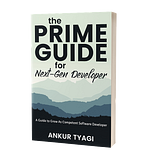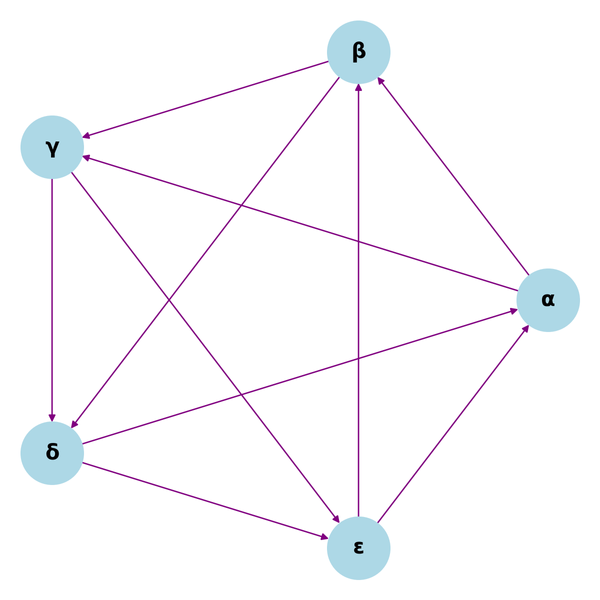The Top 4 AI Projects Everyone Is Talking About
Artificial intelligence is one of the most talked-about technologies today. And for good reason — it has the potential to change the world…

Artificial intelligence is one of the most talked-about technologies today. And for good reason — it has the potential to change the world as we know it. There are many applications for AI, and some projects are receiving more attention than others. In this blog post, we will discuss four of the most popular AI projects right now. Keep reading to learn more!
1. DALL·E 2 by OpenAI — The Revolutionary AI System for Creating Realistic Images and Art

DALL·E was introduced by OpenAI in January 2021 as a response to GPT-3. One year later, the newest system, DALL·E 2introduced by OpenAI, can create even more realistic images and art from a text description. DALL·E 2 can take an image and create different variations of it inspired by the original, as well as make realistic edits to existing images from a natural language caption. It can also add and remove elements while taking shadows, reflections, and textures into account.
DALL·E 2’s image generation is based on a 12-billion parameter training version of the GPT-3 transformer model, fine-tuned on a new dataset of text-to-image pairs. The system achieves new state-of-the-art performance on multiple standard benchmarks for image generation, including the COCO-Captions dataset and the Flickr30k Entities dataset.
Applications of DALL·E 2 by OpenAI
Some of DALL·E 2’s applications include:
- Creating images from textual descriptions
DALL·E 2 can generate images from textual descriptions, opening up the possibility for a wide range of applications such as:
- Generating images for product descriptions on e-commerce websites
- Creating training data for computer vision models
- Building chatbots that can generate realistic images
2. Text-to-image translation
DALL·E 2 can be used for text-to-image translation, allowing you to generate images from textual descriptions in different languages. This could be used to:
- Translate product descriptions from one language to another
- Create images for machine translation training data
- Generate images of landmarks and objects in different languages
3. Image editing
DALL·E 2 can be used to edit images, making it possible to:
- Remove objects from images
- Add objects to images
- Change the background of an image
- Edit images in real-time
DALL·E 2 is a powerful AI system that has a wide range of applications in both the business and consumer world. We are only just beginning to scratch the surface of what is possible with this technology.
2. GPT3 by OpenAI — The New Frontier of Artificial Intelligence
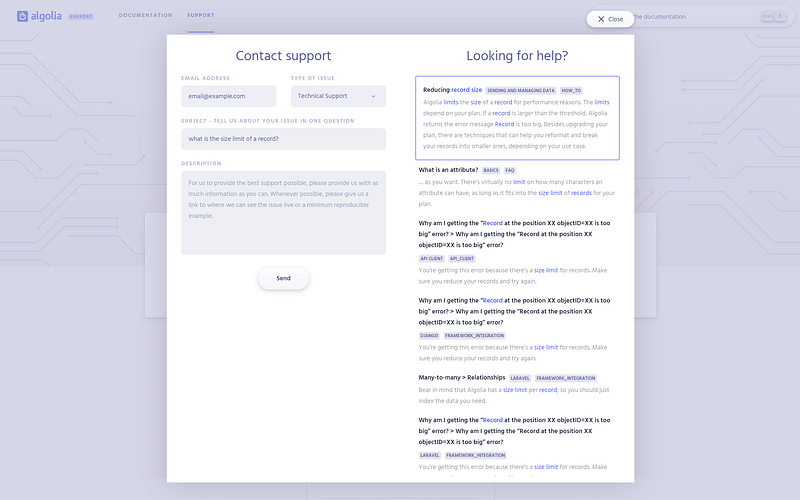
GPT3 by OpenAI is a new type of machine learning algorithm that can be used to improve the accuracy of predictions made by computer programs. It is said to be more accurate than other methods such as Random Forests and Gradient Boosting Machines.
What Is GPT3 Based On?
GPT3 is based on a deep learning algorithm called a recurrent neural network (RNN). This type of algorithm can learn from data sequentially, making it well-suited for tasks such as natural language processing and machine translation.
What Are The Benefits Of Using GPT3?
There are several benefits to using GPT3. Here are some of the most notable:
- GPT3 can improve the accuracy of predictions made by computer programs.
- GPT3 is more accurate than other methods such as Random Forests and Gradient Boosting Machines.
- GPT3 is based on a deep learning algorithm called a recurrent neural network (RNN), which is well-suited for tasks such as natural language processing and machine translation.
- GPT3 is open-source and available to anyone who wishes to use it.
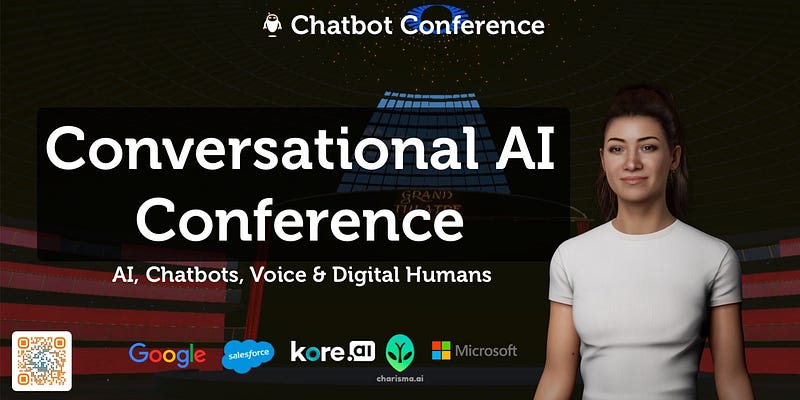
What Are The Potential Applications Of GPT3?
GPT3 has a wide range of potential applications. Here are just a few examples:
- Machine Translation
GPT3 could be used to improve the accuracy of machine translation systems. It could help translate text from one language to another more accurately.
- Natural Language Processing
GPT3 could be used to improve the accuracy of natural language processing systems. It could help them understand human speech and text more accurately.
- Predictive Modeling
GPT3 could be used to improve the accuracy of predictions made by computer programs. It could help them predict the future more accurately.
- Pattern Recognition
GPT3 could be used to improve the accuracy of pattern recognition algorithms. It could help them recognize patterns more accurately.
- Data Mining
GPT3 could be used to improve the accuracy of data mining algorithms. It could help them find hidden patterns in data more accurately.
GPT3 by OpenAI is a new type of machine learning algorithm that is based on deep learning. GPT3 has the potential to revolutionize the field of machine translation and improve the accuracy of the translation by a large margin. Additionally, GPT3 can handle multiple language pairs, making it a very attractive tool for machine translation applications.
3. AlphaFold by DeepMind: The Key to Understanding Proteins
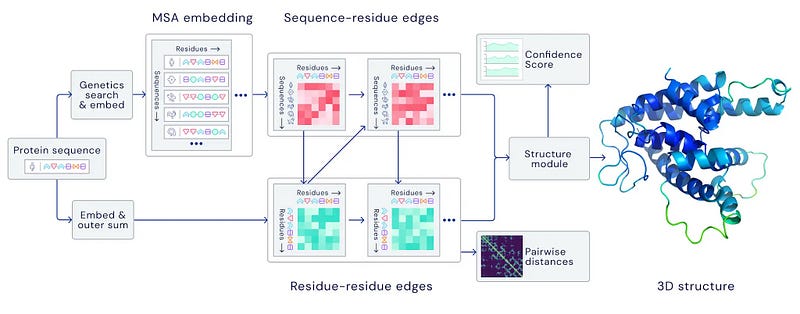
In 2016, AlphaFold by DeepMind was able to accurately predict 3D models of protein structures. This ground-breaking program has the potential to accelerate research in every field of biology, from cancer treatments to vaccine development. AlphaFold works by using a deep learning algorithm to predict the 3D structure of proteins from their amino acid sequence. This is an important step in understanding how proteins work, as the 3D structure of a protein determines its function.
Previous methods for predicting protein structures were inaccurate and could only generate low-resolution models. AlphaFold by DeepMind is the first program to generate high-resolution models of proteins. This is a breakthrough in biology, as it allows researchers to better understand the structure and function of proteins. AlphaFold by DeepMind is a significant step in understanding how proteins work and could have a major impact on every field of biology.
Applications of AlphaFold
There are several potential applications of AlphaFold by DeepMind.
- AlphaFold could be used to develop new drugs and therapies
Proteins are the target of many drugs, so understanding their 3D structure is essential for drug development. With AlphaFold, researchers will be able to generate high-resolution models of proteins, which allows them to design more effective drugs.
- AlphaFold could be used to develop new vaccines
Vaccines work by targeting proteins on the surface of viruses. By understanding the 3D structure of these proteins, researchers can design more effective vaccines.
- AlphaFold could be used to study diseases
Many diseases are caused by changes in the 3D structure of proteins. By understanding the structure of proteins, researchers can better understand how diseases develop and identify new targets for treatment.
AlphaFold by DeepMind is an astonishing innovation that has the potential to change the way we study and understand proteins. It is a truly remarkable achievement that could lead to breakthroughs in the fields of medicine and biology.
4. AlphaGo: The Next Evolution of Artificial Intelligence

In early March 2016, a computer program shocked the world by defeating one of the best human players in the complex and ancient game of Go. The program, AlphaGo, was designed and programmed by DeepMind, a London-based artificial intelligence company.
This event was seen as a monumental step forward in the development of AI, as it showed that a computer could not only match but exceed the cognitive abilities of humans in a very complex task.
Since then, AlphaGo has continued to evolve, becoming even more powerful and sophisticated. In late 2017, DeepMind announced that AlphaGo had become “self-taught” after being left to play against itself for several weeks.
This new version, known as AlphaGo Zero, is even more impressive than the original, as it was able to achieve the same level of skill as the original AlphaGo after only a fraction of the training time.
What’s even more amazing is that AlphaGo Zero did this without any prior knowledge of Go except for the basic rules of the game.
How did AlphaGo Zero achieve this?
DeepMind’s artificial intelligence research scientist David Silver explains: “The key thing that makes AlphaGo Zero different is that it learns from scratch. It starts completely randomly, playing badly, and then gradually improves as it figures out what works and what doesn’t.
In contrast, all previous versions of AlphaGo were based on vast amounts of human data, which was used to train the computer to play like a human. AlphaGo Zero is instead based on reinforcement learning, where the computer learns by trial and error, gradually building up its understanding of how to play Go.”
This is a breakthrough in artificial intelligence, as it shows that computers can now learn from scratch, without any human input. This has major implications for the future of AI, as it opens up the possibility of creating intelligent machines that are not limited by our human knowledge.
We can say that AlphaGo by DeepMind is definitely a force to be reckoned with in the future of AI. It has already made incredible progress and will only continue to get better. With its deep learning capabilities, it has the potential to change the way we live and work. We are excited to see what else it can do!
Subscribe to my Weekly Newsletter on my website to get Premium articles straight into your Inbox:

Follow me on Medium and Twitter!
Additional Resources and References:
- DALL·E 2:

- GPT — 3:

- AlphaFold:

- AlphaGo:

- If you wish to become a Next Gen Developer, have a look at this eBook!
